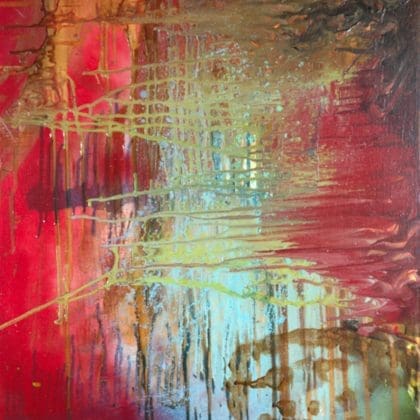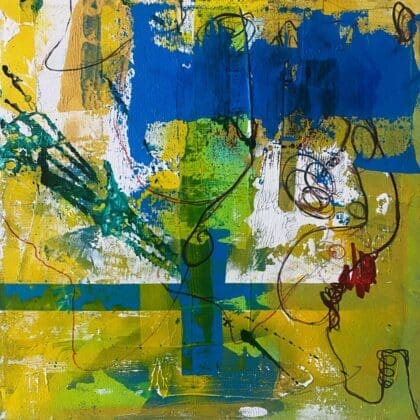As a collector, acquiring art is an exciting journey that can greatly enhance your home and investment portfolio. However, with the rise in art forgery and misrepresentation, ensuring the legitimacy of your acquisitions is crucial. This guide will help you navigate the art market and make informed decisions to protect your investments.
1. Do Your Research
Knowledge is power, especially in the art world. Conducting thorough research before making a purchase can save you time, money, and potential regret.
A. Investigate the Artist
Learn About Their Background: Research the artist’s biography, previous exhibitions, and notable collections.
Check Their Market Activity: Look at auction results and gallery representations to gauge their market presence.
B. Understand the Artwork
Study the Style and Technique: Familiarize yourself with the artist’s style and common techniques to spot inconsistencies.
Compare with Authentic Works: Examine similar pieces by the artist to understand their unique characteristics.
2. Seek Provenance Documentation
Provenance refers to the history of ownership of a piece of art, which is critical in establishing its legitimacy.
A. Request Documentation
Ask for Certificates of Authenticity: Ensure the artwork comes with a certificate from a reputable source confirming its authenticity.
Look for Previous Ownership Records: Obtain records of prior ownership, including gallery sales and auction history.
B. Verify Provenance Claims
Cross-Check Sources: Contact previous owners, galleries, or auction houses to verify the artwork’s history.
Consult Experts: If uncertain, hire an art consultant or appraiser who can authenticate the piece and its provenance.
3. Evaluate the Condition and Quality
Assessing the physical condition of a piece can provide insights into its legitimacy and value.
A. Examine the Artwork
Look for Signs of Restoration: Be cautious of pieces that show signs of extensive restoration or alteration, as these can affect value.
Check for Consistent Materials: Ensure that the materials used (canvas, paint, etc.) align with the artist’s known practices and period.
B. Get a Professional Assessment
Hire a Conservator: If you’re serious about a purchase, consider having the piece evaluated by a professional conservator who can assess its condition.
Request an Appraisal: An art appraiser can provide insights into the work’s authenticity and current market value.
4. Purchase from Reputable Sources
The source from which you acquire art can significantly impact its legitimacy and value.
A. Choose Established Galleries and Dealers
Research Reputable Galleries: Look for galleries with a strong reputation and positive reviews from other collectors.
Attend Art Fairs and Exhibitions: These events often feature vetted artists and galleries, providing a safer environment for purchasing art.
B. Avoid Online Marketplaces Without Vetting
Be Cautious of Unverified Listings: While online platforms can offer great deals, they may also expose you to scams and forgeries.
Look for Verified Sellers: If purchasing online, prioritize platforms that verify sellers and offer buyer protection.
5. Trust Your Instincts
While research and documentation are essential, your instincts as a collector should also guide your decisions.
A. Feel Confident in Your Choices
Trust Your Eye: If something feels off about a piece, even if it seems legitimate on paper, it’s okay to walk away.
Consider Your Personal Connection: Ensure that you are genuinely drawn to the artwork; your emotional connection can also affirm your purchase.
B. Build Relationships with Experts
Network with Other Collectors: Join art collector groups or forums to share experiences and gather insights from others in the community.
Develop Relationships with Experts: Cultivating connections with artists, appraisers, and gallery owners can provide valuable resources for future acquisitions.
Conclusion: Take Action to Protect Your Collection!
Ensuring the legitimacy of your art acquisitions is an essential part of being a responsible and informed collector. By conducting thorough research, seeking provenance documentation, evaluating the condition and quality of artworks, purchasing from reputable sources, and trusting your instincts, you can confidently grow your collection while protecting your investments.
Now it’s time to take action: Start by researching your next potential acquisition today! Check the artist’s background, gather provenance information, and reach out to galleries or consultants for insights. Remember, investing in art is not just about aesthetics; it’s about building a collection that holds value and meaning for years to come. Happy collecting!




